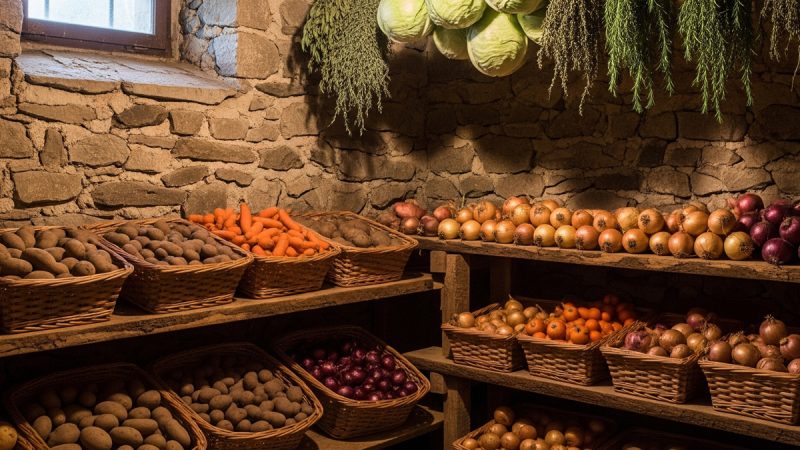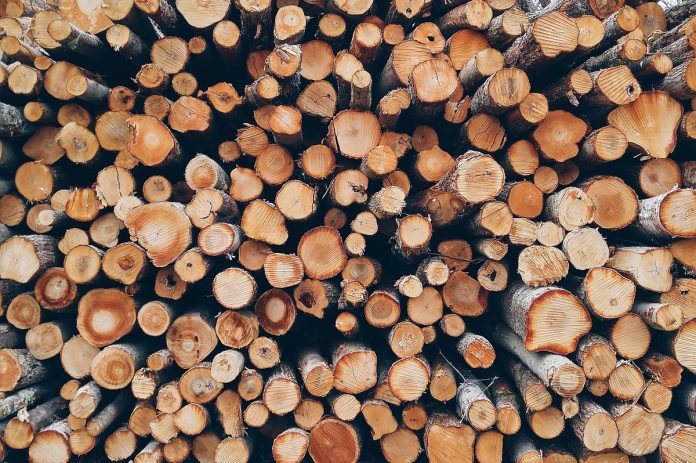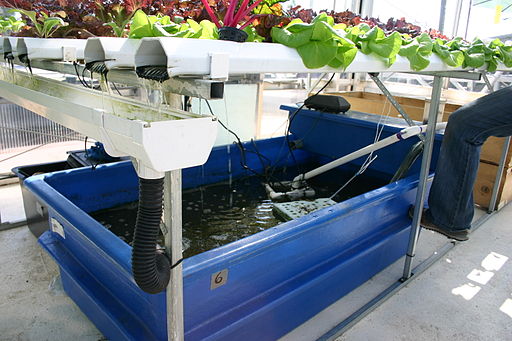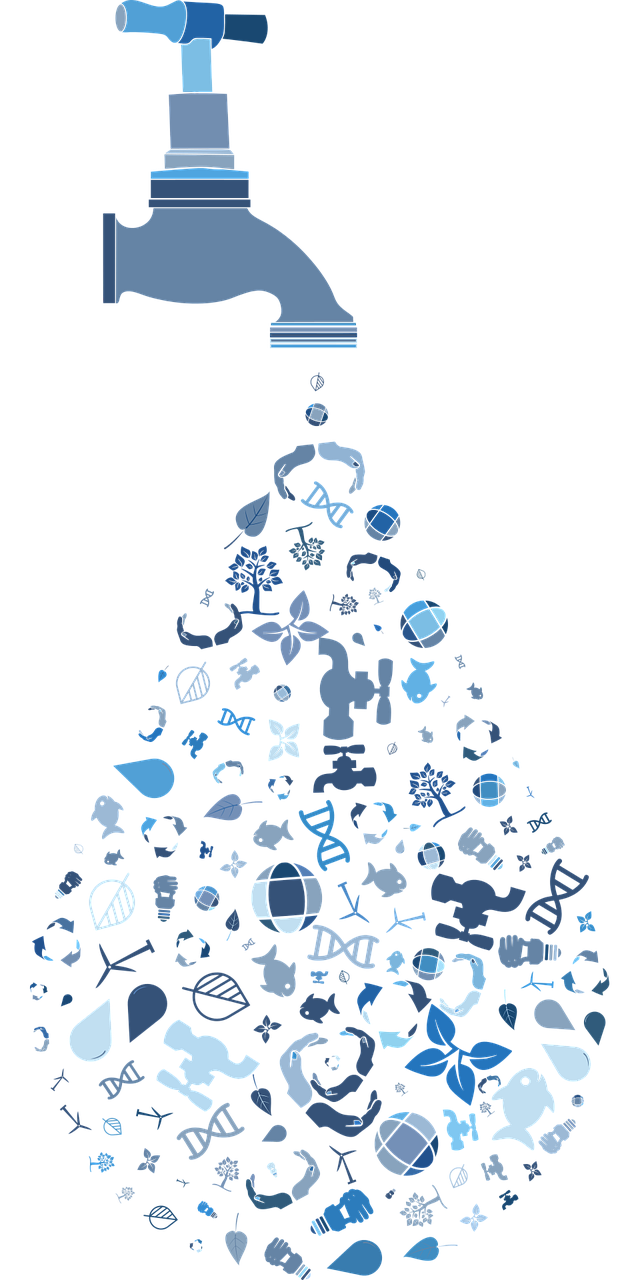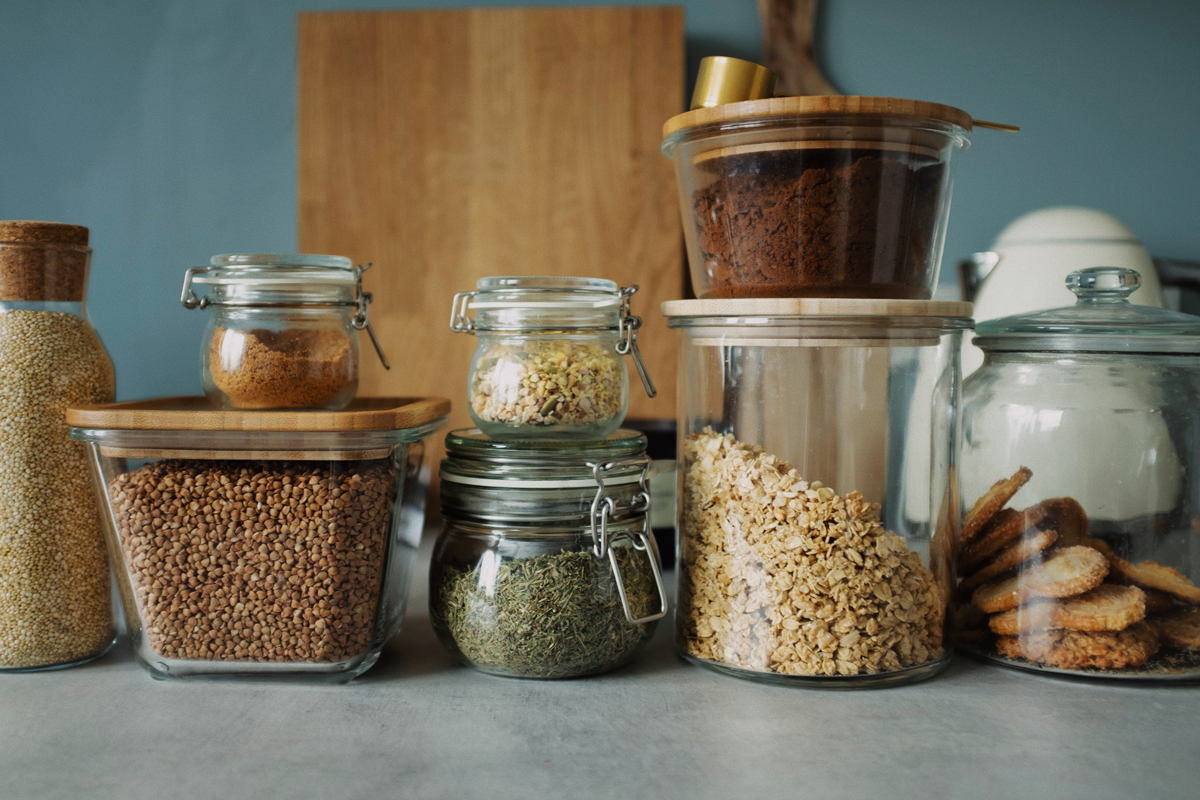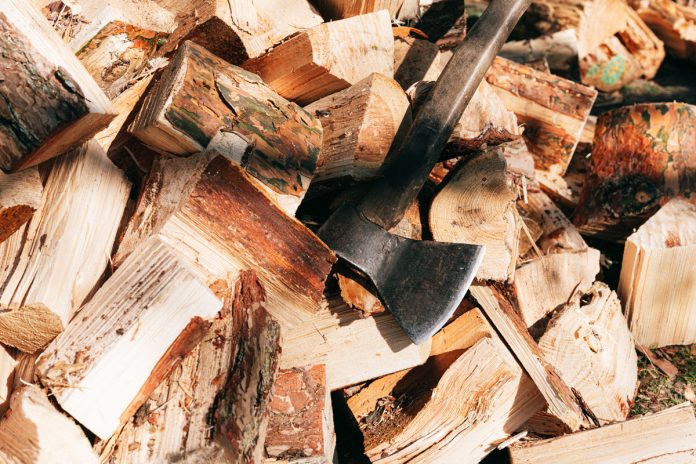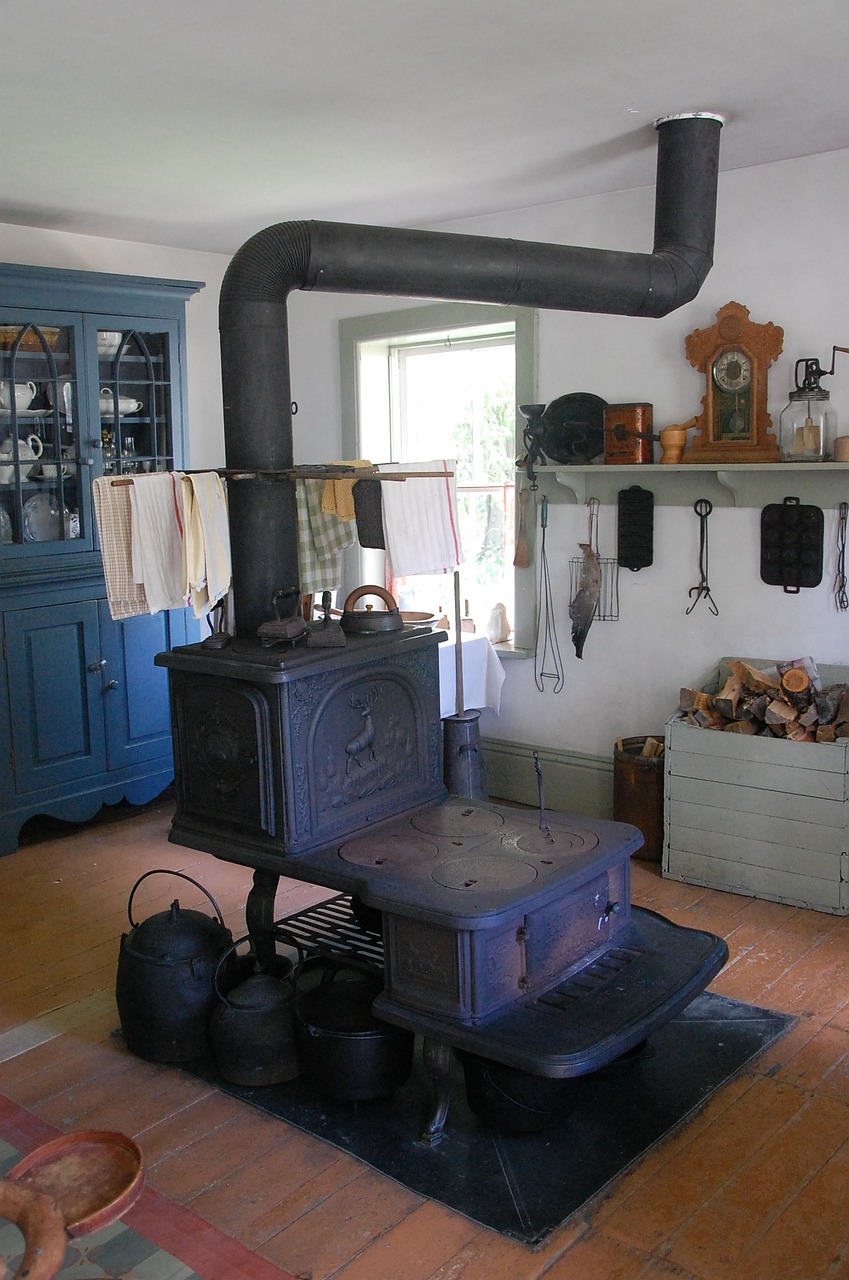Living a Country Lifestyle and Becoming Self-Sufficient
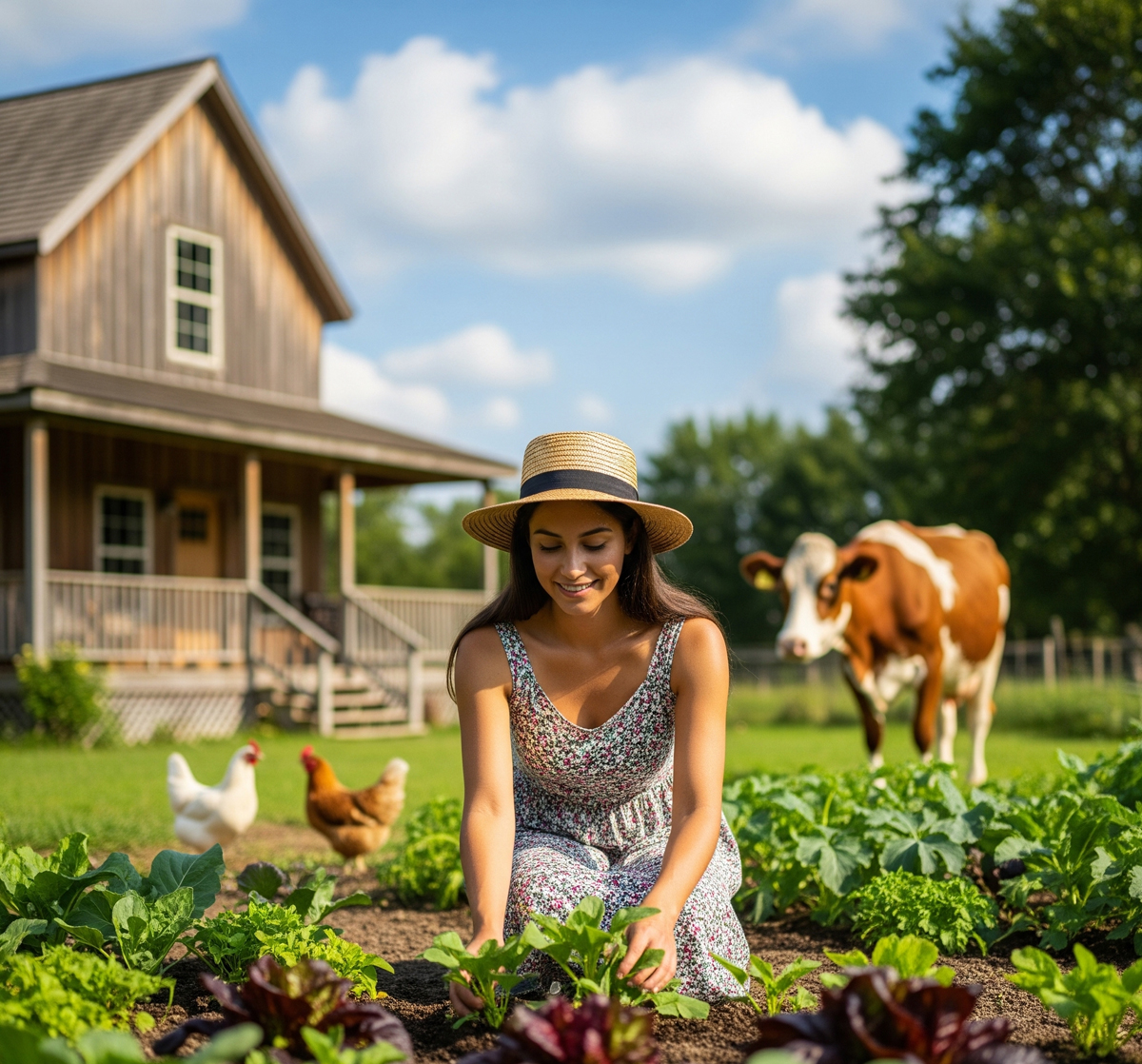
Living a country lifestyle and becoming more self-sufficient is not as complicated as it might seem. All you need is a piece of land, some basic knowledge, and a willingness to learn. In this ultimate guide, we’ll take you through the steps of how to live a country lifestyle and become more self-sufficient.
Step 1: Once You Have Your Land, Grow a Garden
Growing a garden is one of the simplest and most rewarding ways to become self-sufficient. You can start with a small plot and gradually expand it as you gain more experience. Begin by choosing the right location for your garden – it should be in a sunny spot with good soil and drainage. Start with easy-to-grow crops like tomatoes, cucumbers, lettuce, and herbs. Be sure to use natural fertilizers and pesticides to keep your garden healthy and productive.
Step 2: Harvesting Your Garden
Harvest your vegetables when they are ripe and ready to eat. This will give you a sense of pride and satisfaction knowing that you grew them yourself. Don’t let your harvest go to waste – learn how to store vegetables so that you can enjoy them all year round.
Step 3: Trading Some Vegetables with Neighbors
Trading produce with your neighbors is a great way to build community and reduce waste. You can exchange your surplus vegetables for fruits, eggs, or other produce that you might not grow yourself.
Step 4: Harvesting Seeds
Harvesting seeds from your garden is an easy way to save money and become more self-sufficient. You can store seeds in a cool, dry place and plant them again next year.
Step 5: Using Wild Fruit Trees or Berries for Jams, Jellies or Juices
Wild fruit trees and berries are abundant in many parts of the country. You can use them to make delicious jams, jellies, and juices that are healthy and natural. All you need is a little bit of sugar and some canning jars to preserve your harvest.
Step 6: Livestock
Raising livestock is another important aspect of living a country lifestyle. You can start with chickens, rabbits, or goats – all of which are relatively easy to care for. They can provide you with fresh eggs, meat, and milk, which are all valuable sources of nutrition.
Step 7: Learn about Chicken Fencing, Chicken Coops, Chicken Runs, and Predators
If you decide to raise chickens, you’ll need to learn how to keep them safe from predators. This includes building a sturdy chicken coop and run, as well as using effective fencing. You should also be aware of common predators like foxes, raccoons, and skunks.
Step 8: Raising Rabbits, Goats, and Hogs for Meat
Raising rabbits, goats, and hogs for meat is a natural extension of your self-sufficiency goals. You’ll need to learn about breeding, feeding, and caring for these animals, as well as humane methods of slaughter.
Step 9: Goats for Milk
Goats are also a great source of milk, which you can use to make cheese, yogurt, and other dairy products. You’ll need to learn about milking, pasteurizing, and storing milk to ensure that it is safe to consume.
Step 10: How to Be Self-sufficient in The Country
Becoming self-sufficient in the country requires a lot of hard work and dedication. You’ll need to learn about sustainable farming practices, renewable energy sources, and natural building materials. You can also join a local homesteading group or attend workshops to learn from others who are living a similar lifestyle.
Living a country lifestyle and becoming self-sufficient is an attainable goal for anyone who is willing to put in the effort. By growing your own food, raising livestock, and trading with your neighbors, you can reduce your reliance on outside resources and become more connected with nature. So why not take the plunge and start your journey towards a simpler, more sustainable life today?
Additional Reading:
Agriculture and Agri-Food Canada
The Author:
Pioneerthinking.com – Ingredients for a Simple Life.
Photo. Gemini

